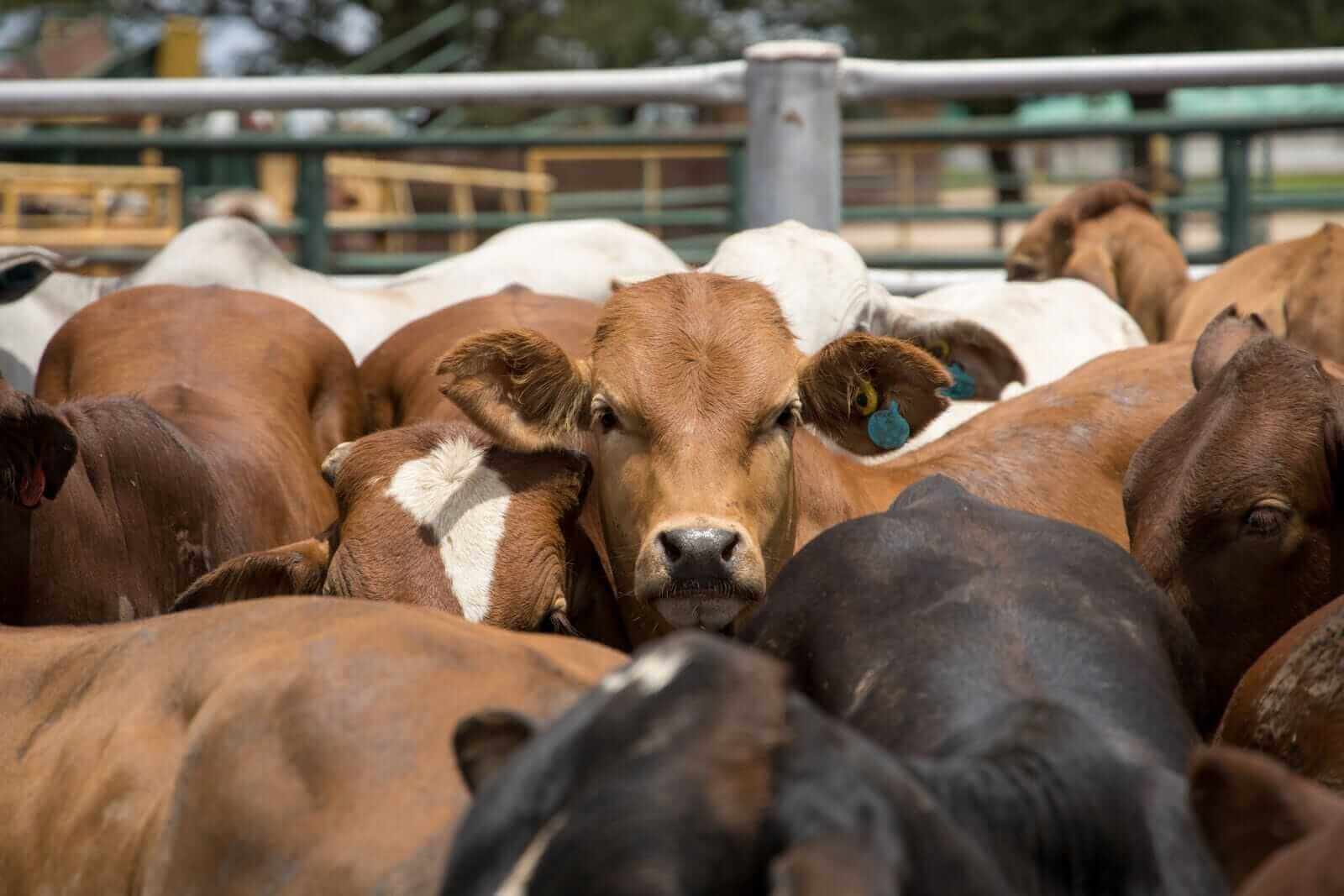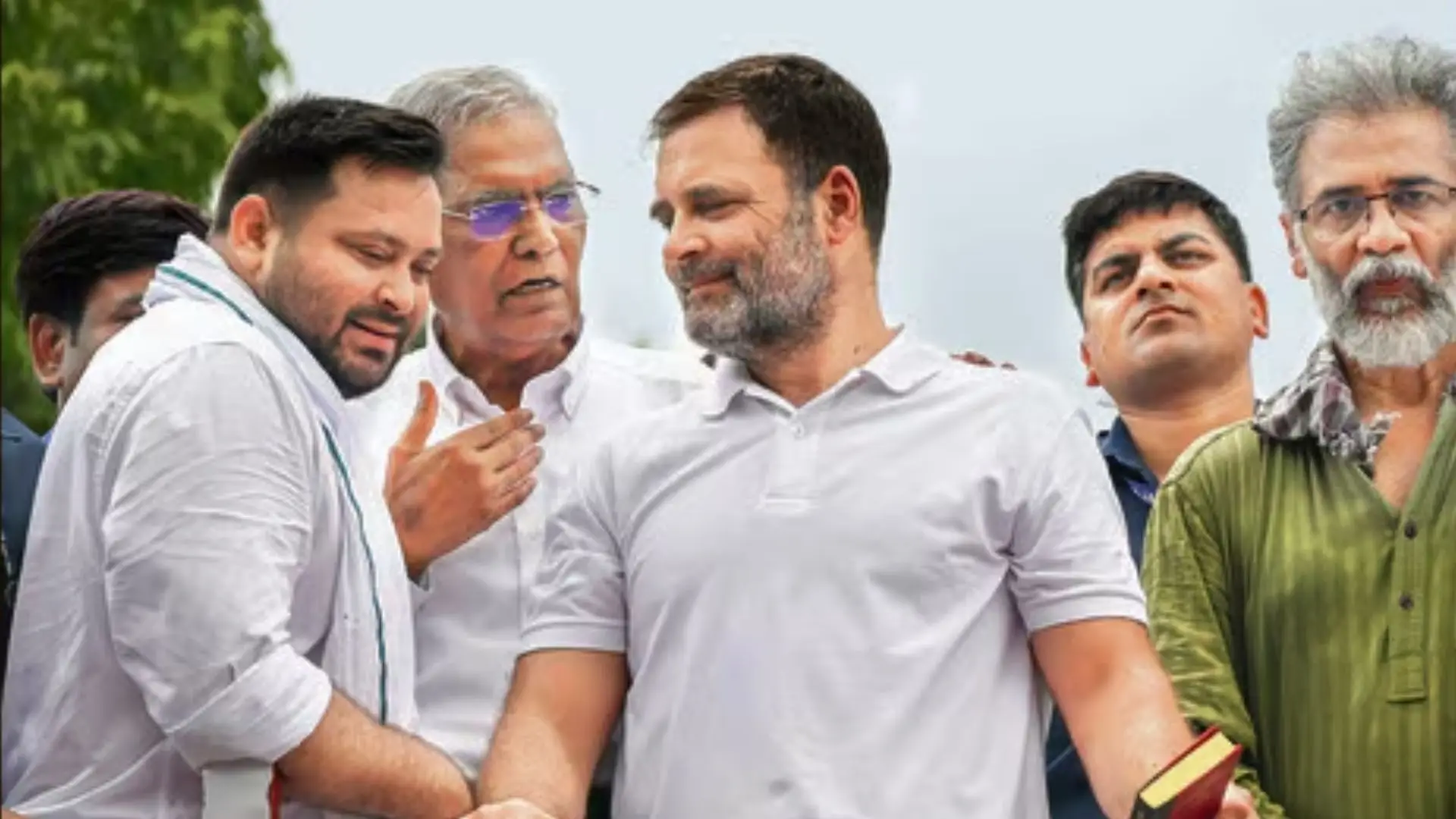Copyright Barchart

Ags and politics don’t mix well. What happens next? We seem to have fallen into a trap in which the US government is tasked with fixing all of our commodity problems. Yet, this isn’t how a free market should work. Ironically, even those who have benefited from such government fixes in the ag community agree that decoupling from the current trajectory will be gut-wrenching but necessary. This is because the government, no matter how well-intentioned, fixes one problem but creates another. We won’t know until we know whether a freer market will generate more or less volatility and anguish, but from where I am sitting, it will be challenging to get much worse than the current market landscape in grains and livestock. I could go on and on about examples of worthy government programs aimed at taking care of farmers and ranchers in the name of food security that have shot producers in the other foot while they weren’t looking. For instance, the system is designed to incentivize farmers to grow corn; corn offers attractive subsidies and insurance programs, and is relatively easy to sell or store. They don’t call it a cash crop for nothing. Yet the effort to aid farmers encourages overproduction and has created perpetually low prices. There are a handful of volatile exceptions to this, but they have been so violent that many farmers were unable to capitalize on the price boost beyond a season or maybe two. The most recent example is the cattle market. There are plenty of solid fundamental reasons for cattle to have experienced what is probably a generational bull market. Drought and extreme weather culled herds and tightened supply. Consumers were willing to play ball; ketogenic diets and a thriving wealthy class have kept demand strong despite absurd prices in the grocery stores. Still, it isn’t a coincidence that the cattle market bottomed in 2017 (ignoring a temporary collapse on the onset of the pandemic) at the same time the government LRP (Livestock Risk Protection) program was enhanced. The new version of the program offers ranchers significant discounts on insurance policies that limit downside price risk; even better, they aren’t required to be paid for until after the cattle are sold. This essentially shifts much of the price risk away from the cattle producer to the government, which sounds like a great and noble idea. But in my opinion, it added to upside volatility because it emboldened market participants and actually drew selling volume from the futures exchange, creating an upward price vacuum. Fast forward to 2025, and the government is discussing taking actions such as opening the border to foreign-raised meat and reducing tariffs on such imports to fix a problem they very well might have created in the first place with the revamped LRPs. Should they do this, we have to wonder what will break. Cattle producers believe they will bear the brunt due to reduced market share and sudden price shocks, but we won’t know the full extent until years down the road, at which time the government will likely want to step in to fix the problem, their last fix created. Lastly, I will mention the massive liquidity injections governments and central bankers unleashed during the pandemic. I’ve written about this topic many times in relation to runaway asset prices; the ags haven’t been spared the wrath, but the speculative bubbles occurred at alternative times. For corn, wheat, and soybeans, massive amounts of speculative cash created bubbles from 2020 to 2023. It has been livestock’s turn in 2025 (along with gold and silver). Just as the grain rallies likely did more harm to farmers than they helped, I suspect the cattle rally will deliver a similar fate. Neither humans nor small businesses are equipped to handle untamed price volatility. Once again, on the onset of the pandemic, the government wanted to “fix” the economy to support asset prices to prevent the next depression, but they overdid it. Whether we would have been better off without any liquidity at all is debatable, but our leader’s track record of repairing things with policy is rocky at best. What do cattle and gold have in common? We know a substantial chunk of the cattle rally was driven by speculation because we could see it in market correlations. When correlations become extreme, it is a sign of algorithmic trading or outright bandwagon speculation. We are in an era in which the system is flush with cash, and market participants are buying assets that are rising without regard for fundamentals or risk. Over the last 180 trading days (roughly 9 months), gold and cattle have settled in the same direction about 85% of the time. In the beginning, these assets were bought as a perceived hedge against tariff turmoil, but eventually became indistinguishable from meme stocks. Will the Cattle/Corn Spread Repeat the 2010/2014 Cycle? If you are as old as I am, you probably recall the euphoric corn rallies staged between 2010 and 2013. You might also remember the bull market in livestock that followed (high grain prices tend to lead to higher cattle prices eventually). As we know, the cattle market posted parabolic gains throughout much of 2014, but lower corn prices and other factors eventually pulled beef prices sharply lower. At the time, it didn’t dawn on me that the commodity bull market was largely greased by the massive stimulus package employed to mitigate damage from the Global Financial Crisis in 2009. Still, after seeing the same pattern play out following the 2020 stimulus, I have little doubt. Can it be a coincidence that corn prices almost immediately soared higher, in a double-topping fashion, for the three years following historic stimulus in both 2009 and 2020? Similarly, can it be a coincidence that roughly five years after each of these liquidity injections, the cattle market experiences a blow-off top (albeit the jury is still out on today’s cattle market)? We can’t unsee this, nor ignore it. If history repeats itself, the cattle market could be in store for a painful reprice at some point sooner rather than later. In contrast, the corn market will likely remain rangebound with the floor already established near $3.30 per bushel and the ceiling somewhere around $5.00. The Dollar holds the key, but rethink conventional wisdom Without much fanfare, the US dollar has likely bottomed. However, it might not be the grain killer many expect it to be. The greenback and corn have been moving in the same direction about 73% of the time, which is contrary to historical norms, there is generally a negative correlation of a similar magnitude. I believe this is the result of the markets reacting to the ongoing trade war with China. Cattle, on the other hand, has been trading inversely to the dollar, as expected, a little over 70% of the time. Thus, if the dollar’s uptrend grows legs, we should see the spread between cattle and corn narrow. We suspect selling in cattle will do most of the heavy lifting to normalize the spread, as was the case in the last cycle from 2010 through 2014. Last week, we shared the monthly version of the dollar index chart, so we opted for the weekly bar view this week. Despite sensational headlines disparaging the US dollar, it isn’t behaving any worse than it did during the September 2022 sell-off. The 2025 selling just happened to start at the turn of the year to make the stats seem more dire; for instance, the media made sure we were all aware that this was the worst start to a year since 1973. Admittedly, that is a scary thought. Yet, the US currency has been methodically basing and appears to be breaking back above its previous support line. This looks like a currency that wants to regain its composure. If so, there will be consequences to other assets that have benefited from the lower dollar, such as cattle. *There is a substantial risk of loss in trading futures and options. There are no guarantees in speculation; most people lose money trading commodities. Past performance is not indicative of future results. Seasonality is already factored into current prices, any references to such does not infer certainty in future price action.



